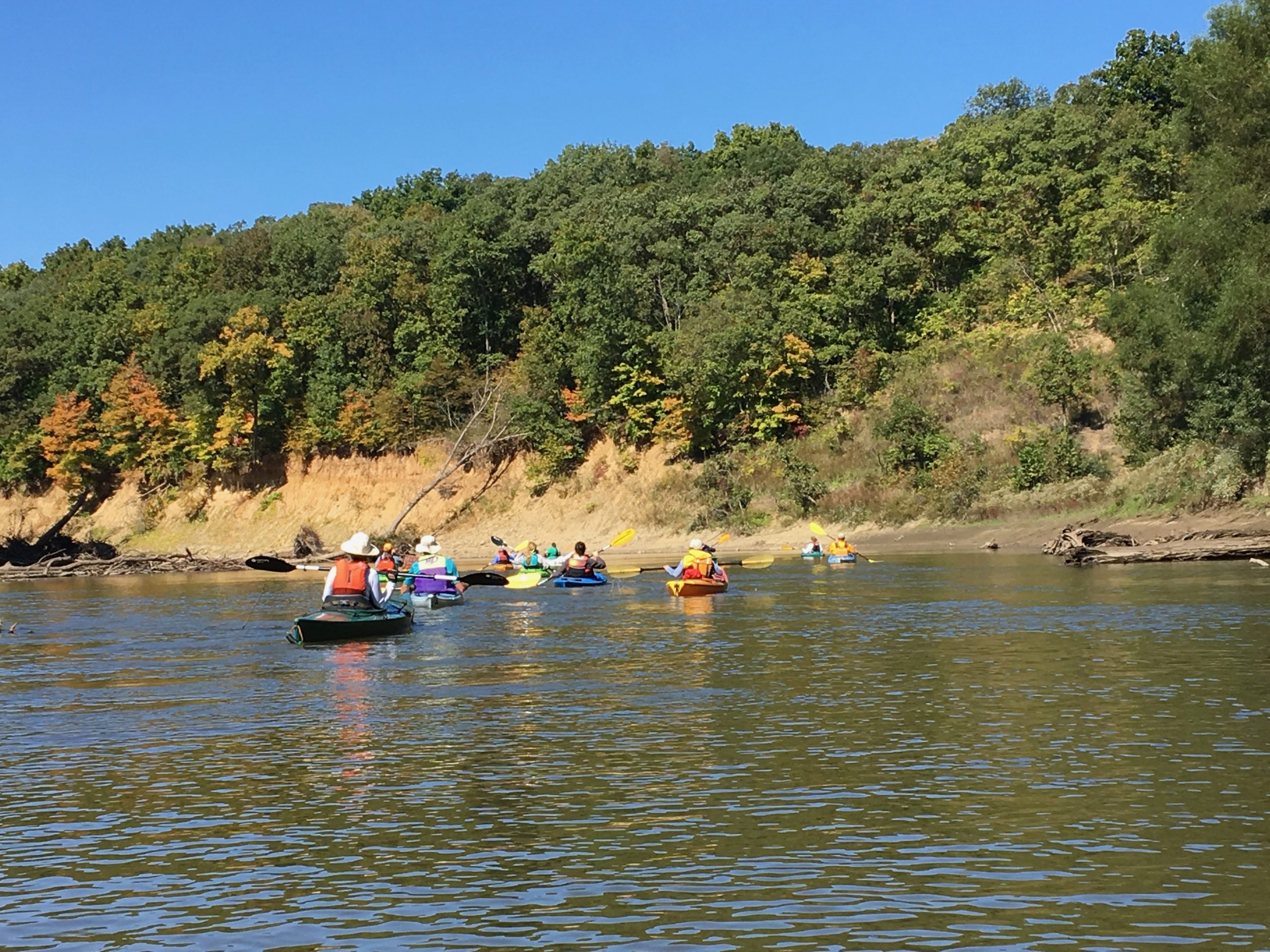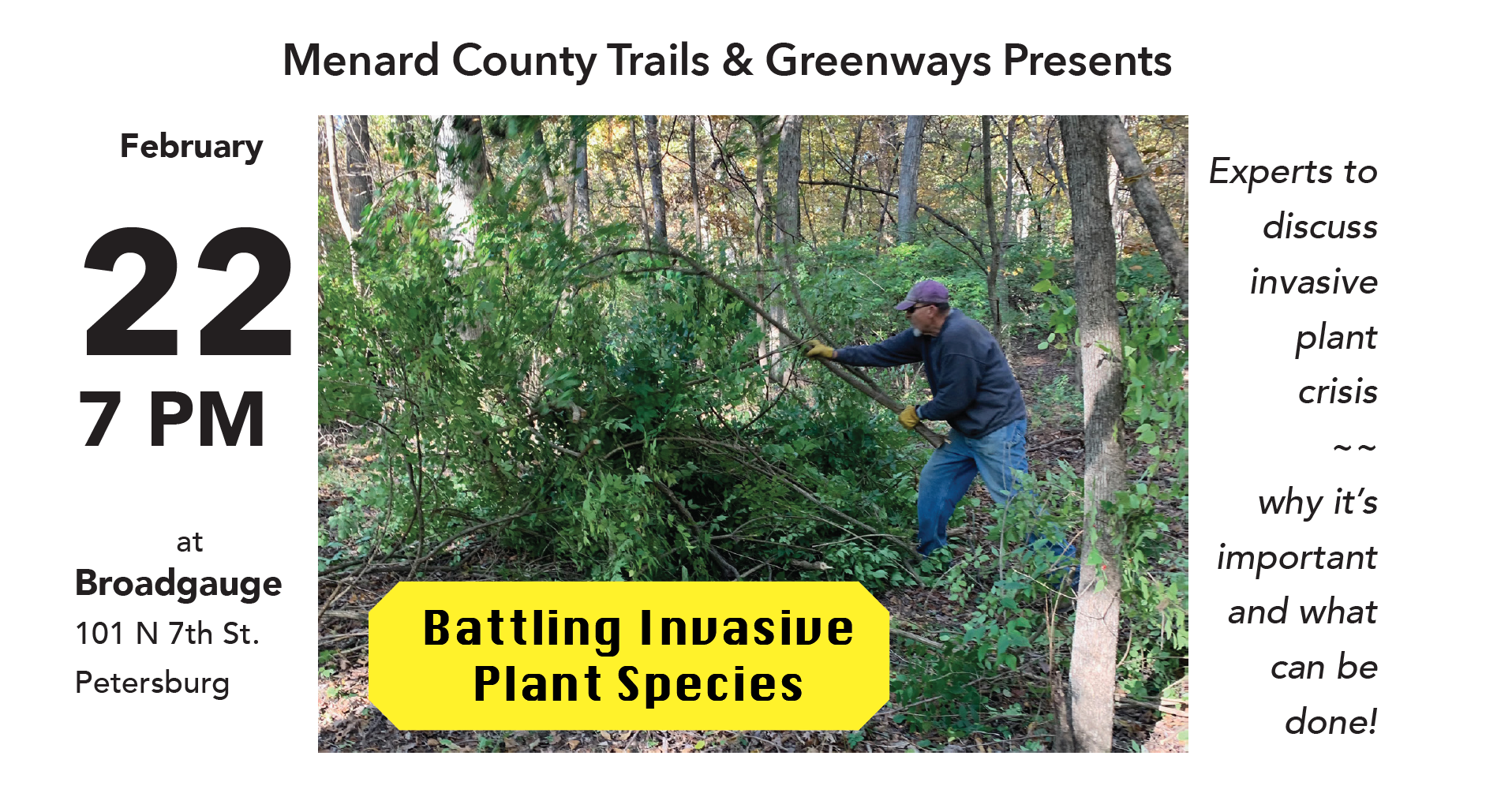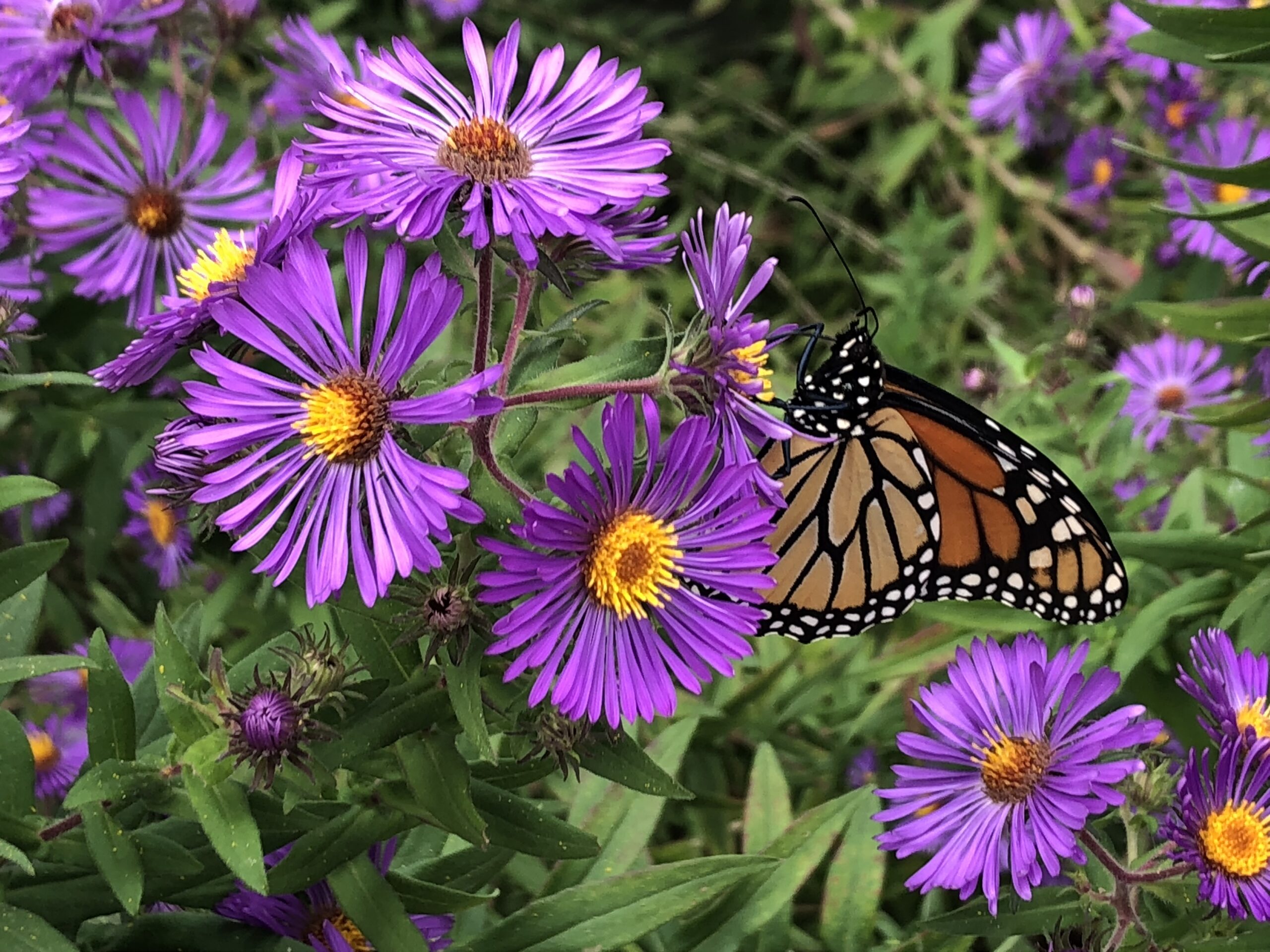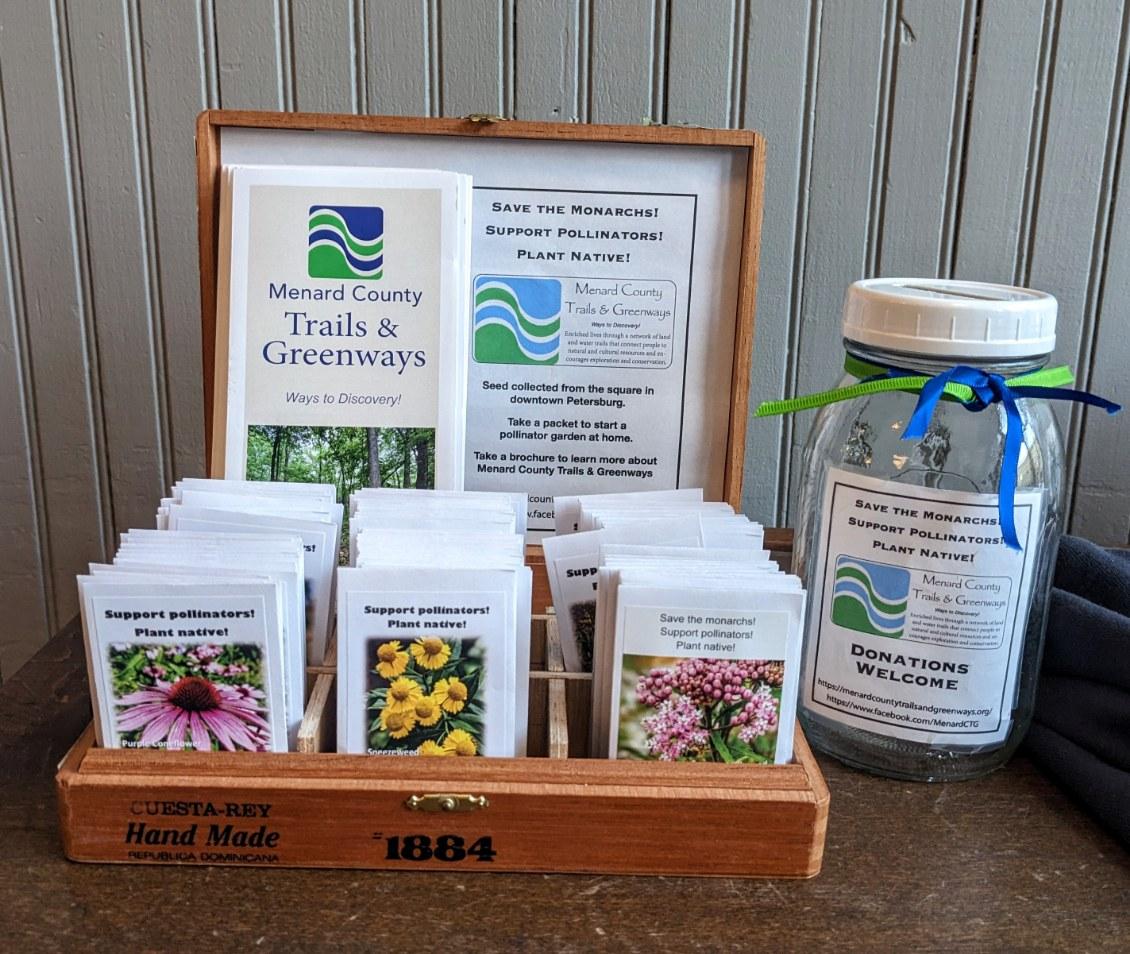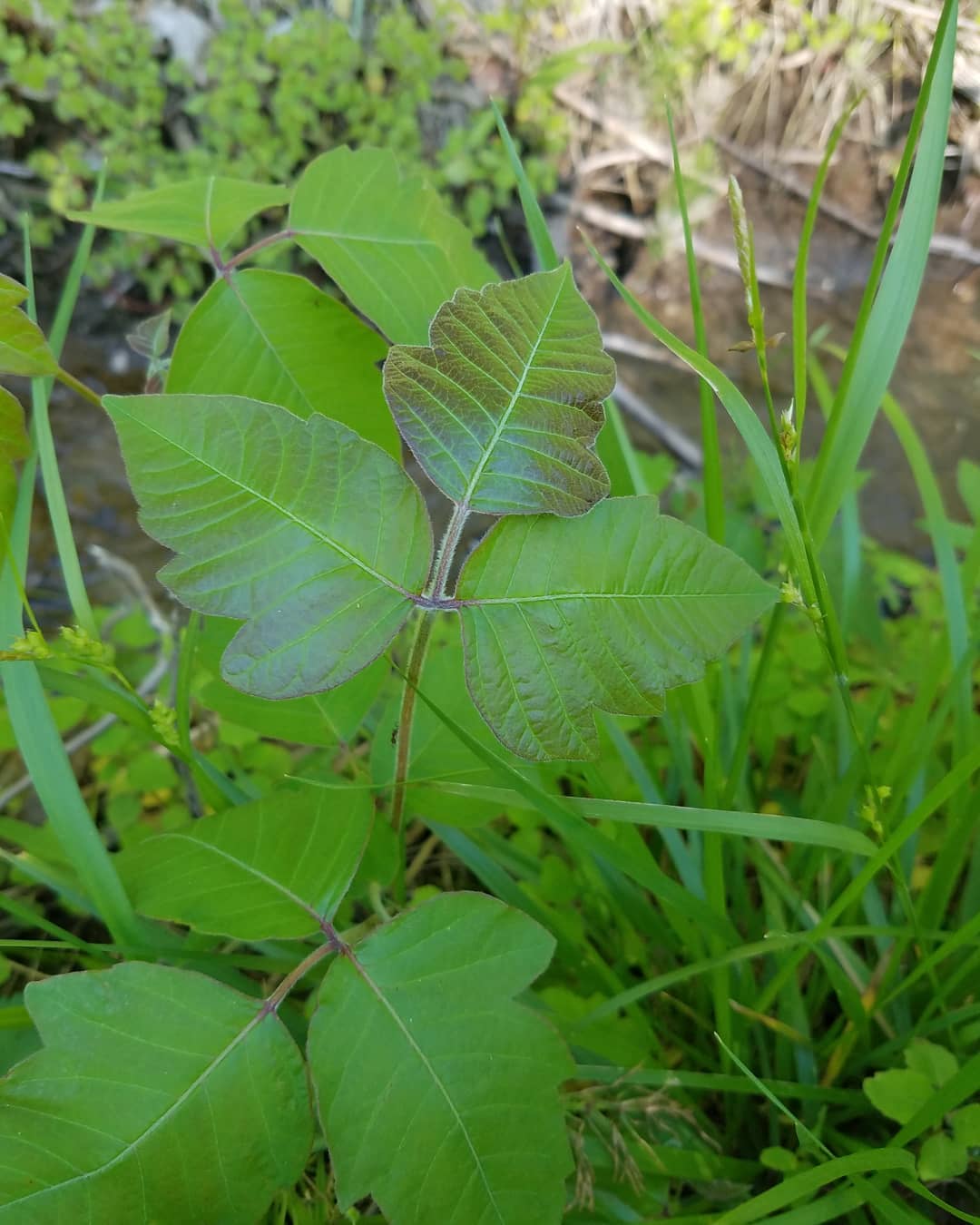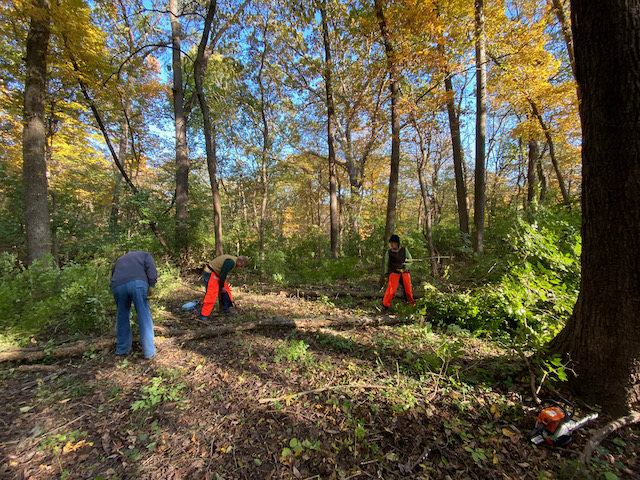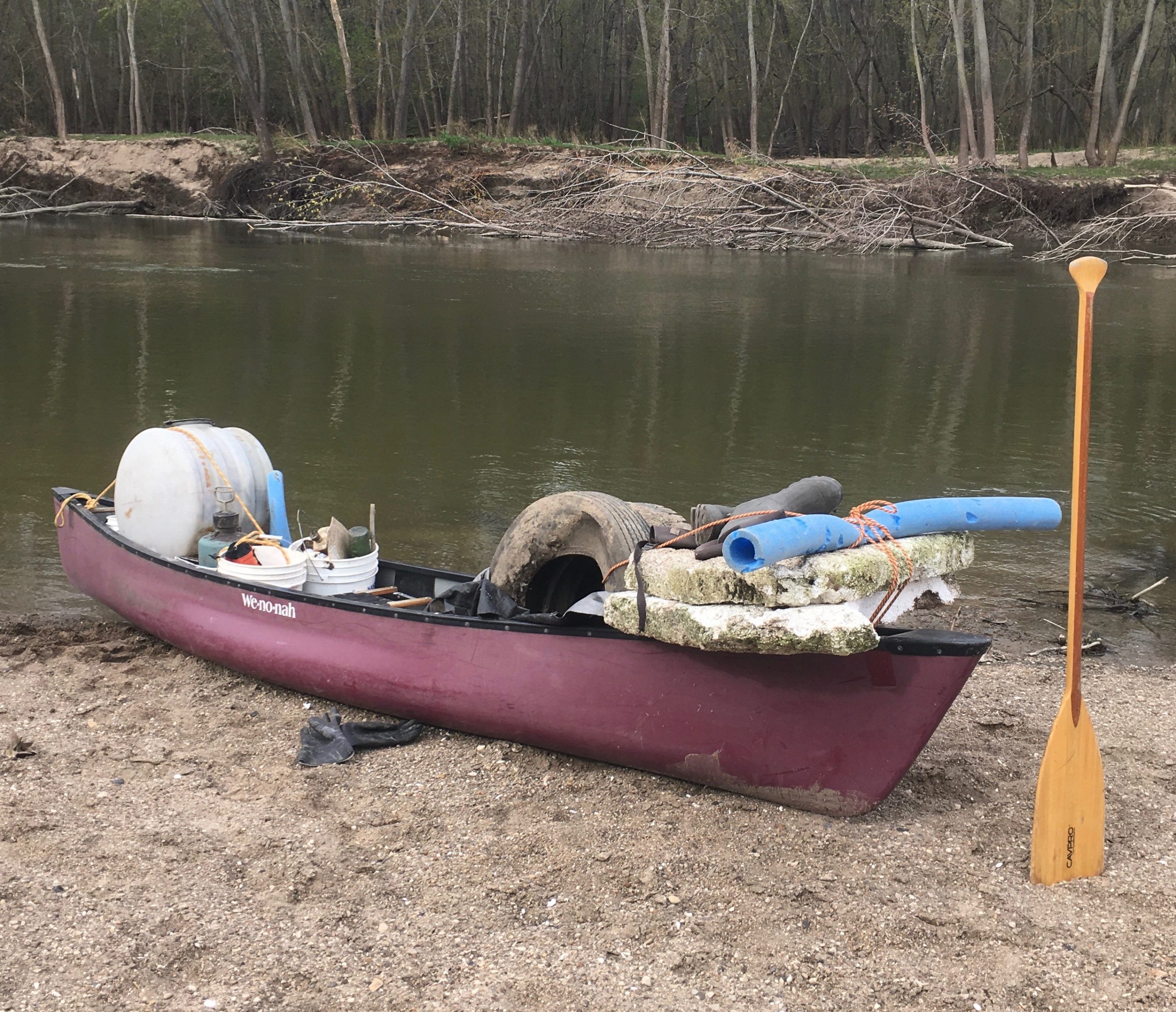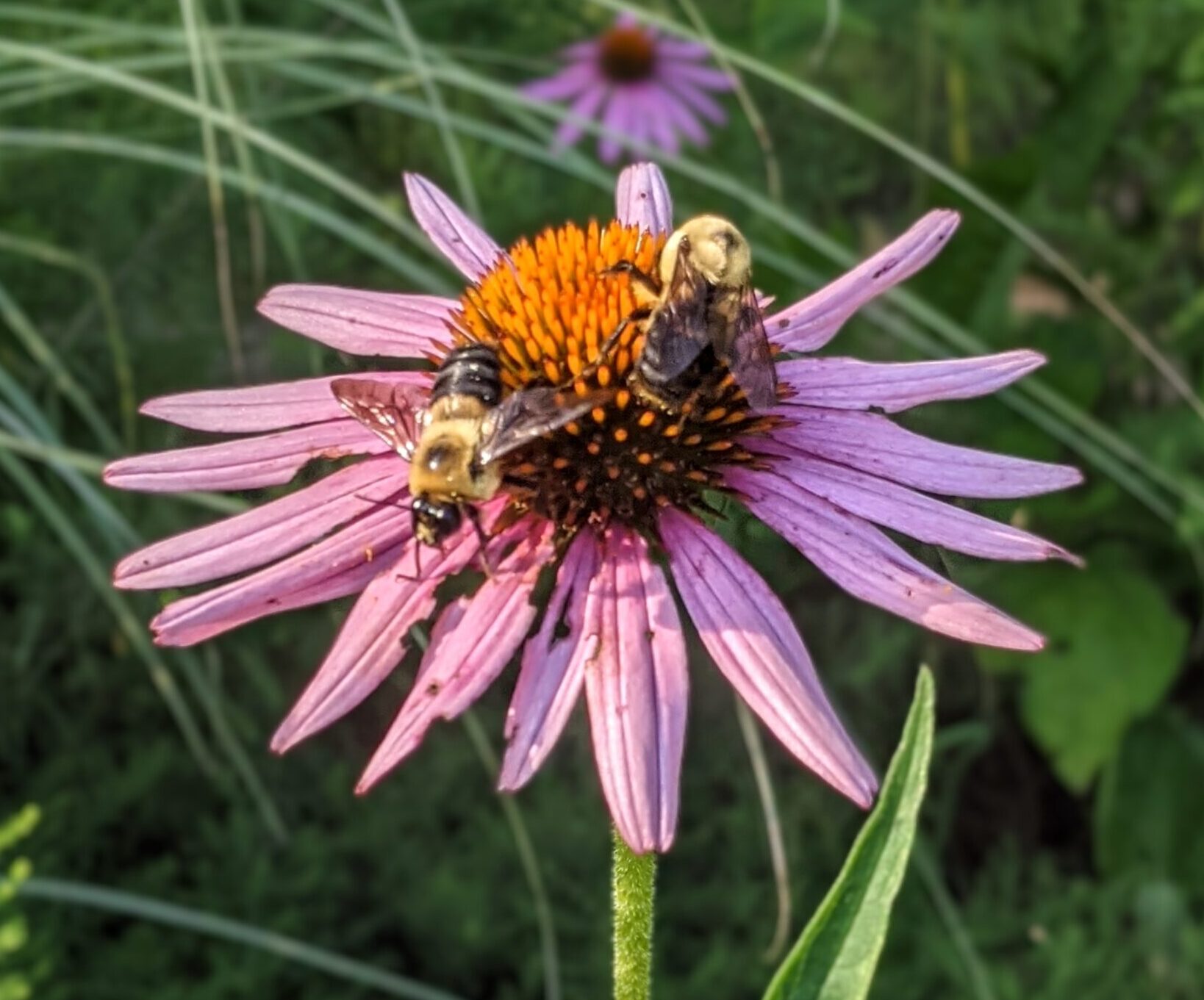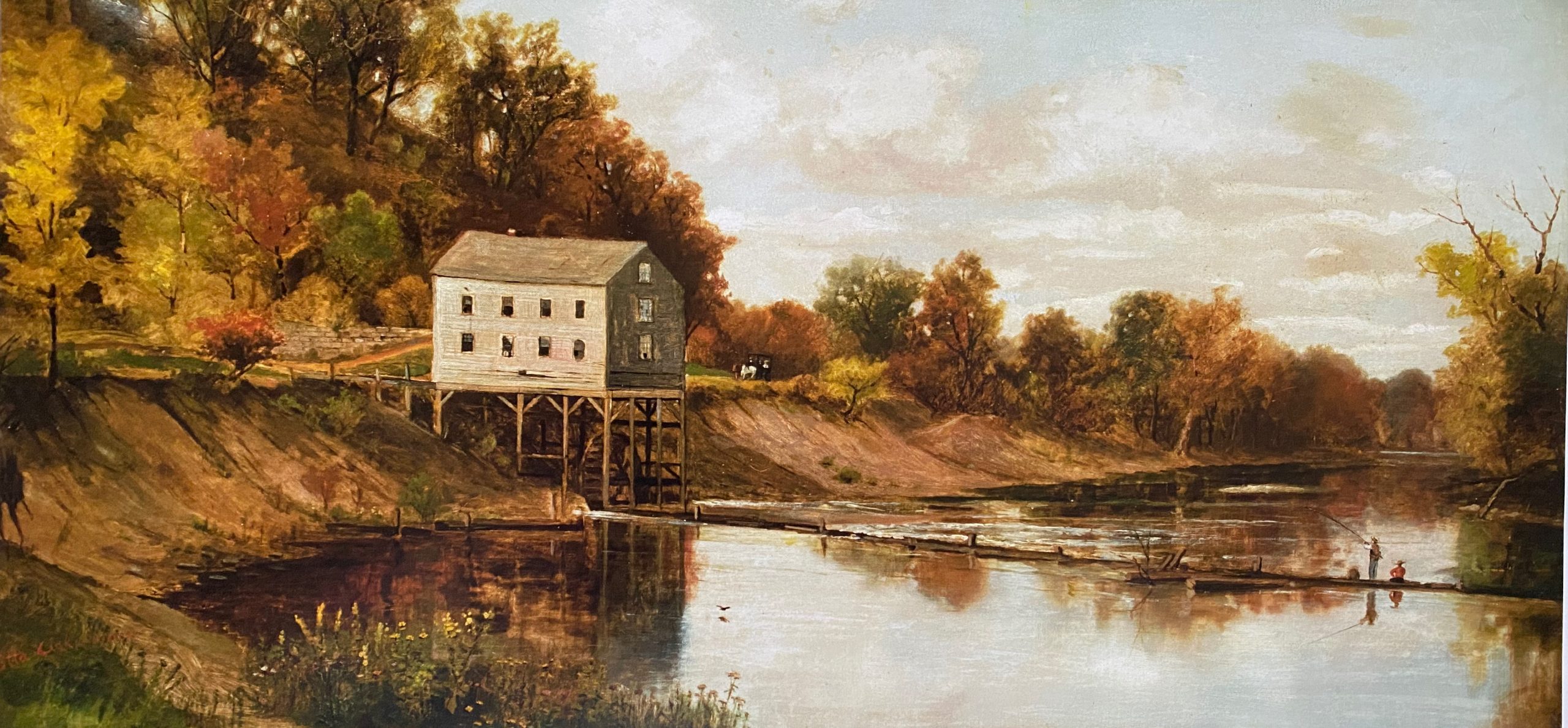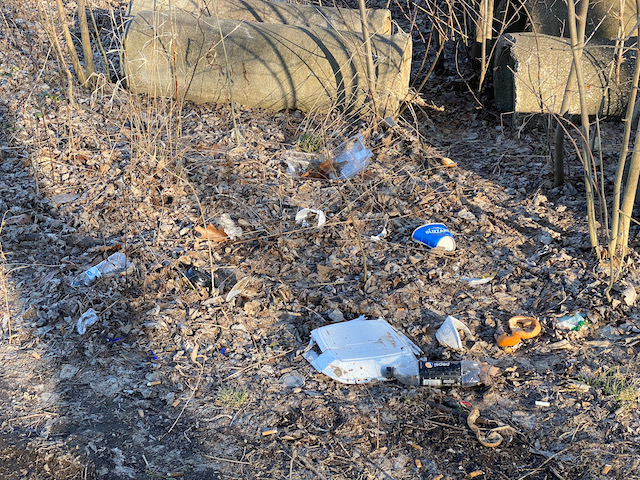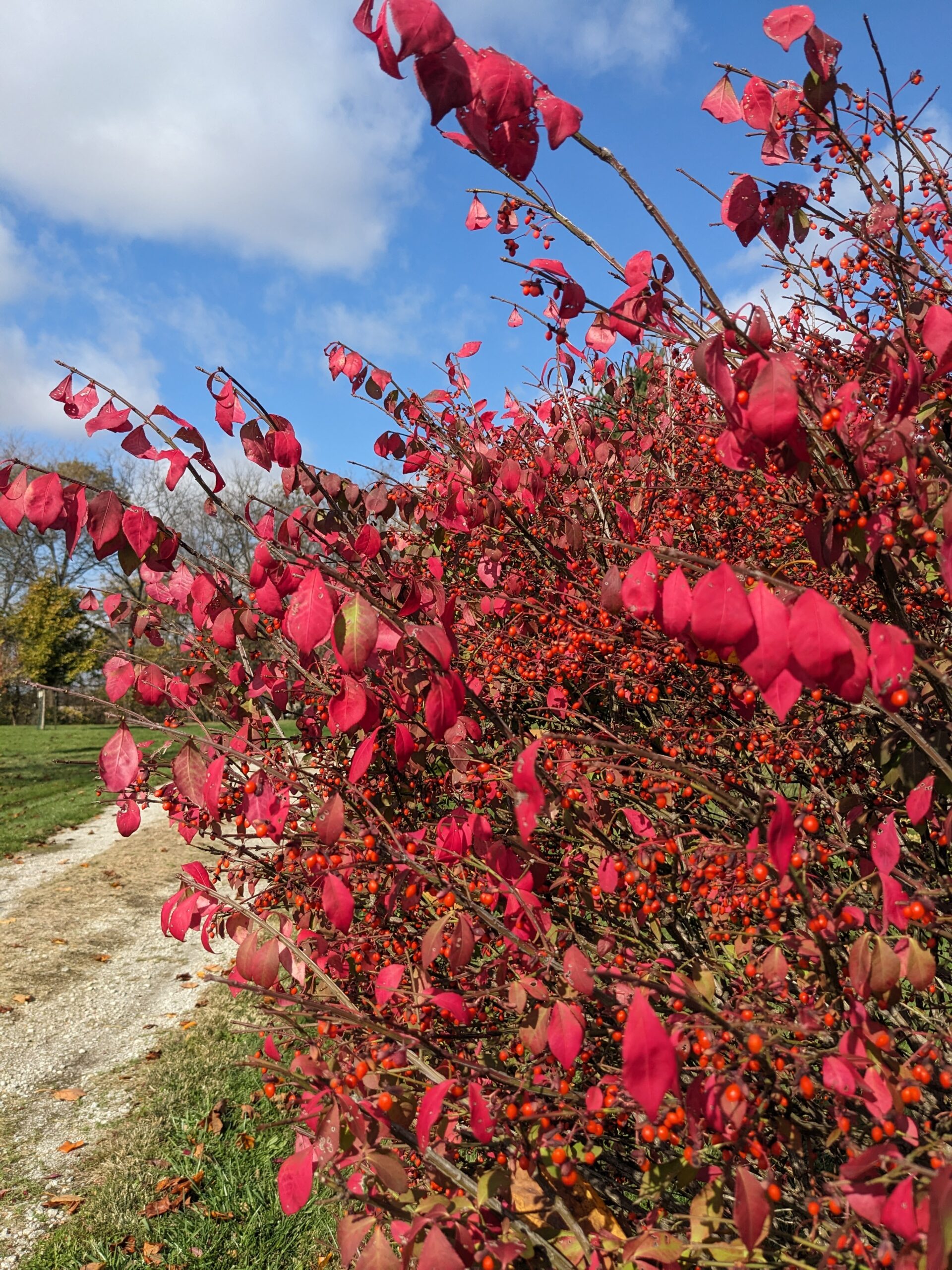-
Mini BioBlitz at New Salem!
Join us on April 13th from 10:00 AM – 12:00 PM for a fun and informative Mini BioBlitz on the Cardinal Ridge Trail! This is the first event in an exciting series of collaborative efforts to document and identify as many species as possible in the trail area at New Salem, where Menard County Trails and Greenways (MCTG) members have been actively involved in forest restoration. No experience is necessary! Whether you’re a seasoned nature enthusiast or a curious beginner, this is the perfect opportunity to explore the diversity of life around us. Participants will use the iNaturalist app to document and identify plants, animals, fungi, and more. You’ll also…
-
Wayside Prairie
If you’ve recently passed by the northwest corner of Routes 97 & 123, directly across from Historic Wayside Park, you may have noticed some major changes. Over the past couple of years, invasive species, dead green ash, and other trees have been cleared as part of the first phase of an exciting project—the creation of a small shortgrass prairie.
-
Mosquito Spray: Collateral Damage to Pollinators and Human Health
By Amanda Serra My sister had a butterfly garden in her backyard for many years. Every summer, hundreds of Monarchs, Swallowtails, American and Painted Lady, Red Admiral, and Viceroy visited her yard to feed, reproduce, lay eggs, undergo metamorphosis, pollinate flowers and repeat the cycle year after year. Unfortunately, about three years ago the butterflies stopped coming. Not one butterfly for three years. Finally, my sister gave up and removed her butterfly garden. There didn’t seem to be a point to it anymore. What is going on?!I’m a chemistry teacher by day, a microbiologist by education, and a beekeeper by hobby. It didn’t take much investigation to find the answer…
-
Ways to celebrate Pollinator Week (June 17-23, 2024)!
Volunteer! Join MCTG members working at Wayside Park or on the square in Petersburg this week—or later this summer. We’ll be weeding, trimming, planting, watering, mulching, and eventually collecting seeds. If you’re interested in adopting a bed or a corner on the square, we can show you the ropes! Scout blooming plants now for later seed collection (see a blog on this subject soon!) Be a citizen scientist! Download the iNaturalist app and participate in the Illinois Monarch Project’s Bioblitz to document local insect activity. Create pollinator habitat at home! While the heat makes planting a little challenging this week, with ample water during establishment, natives will tough it out! Consider…
-
Plant pollinator habitat at home
Wanting to add more pollinator habitat at home? Look no further: native plant seed packets are available again in Petersburg! You can find displays at the Petersburg Public Library, 1st and 3rd Boutique, the Talisman, and the Crazy Daisy Gift Shop. This year we are offering 13 colorful species collected from the plantings on Petersburg’s square, Historic Wayside Park and our members’ own gardens and prairies. The packets are free, but we welcome donations that support Menard County Trails & Greenways. The displays will be restocked until we run out! Wondering how to choose? Check out blog posts highlighting the available species: Lanceleaf Coreopsis, Purple Prairie Clover, Golden Alexanders Small…
-
Scary Invasive Plants in Your Landscape
Scarier than goblins, witches and ghosts are all the invasive plants we have planted in our yards and gardens! This Halloween we bring you a post about the horrors of invasive plants in your landscape. Some of our Menard County Trails & Greenways members have already been hard at work on the restoration efforts at New Salem in recent weeks. With the arrival of cooler temperatures, we’ll be scheduling volunteer work days soon! Be watching our Facebook page or your email if you’re an MCTG member for those dates. If you’d like to contribute to our forest restoration efforts at New Salem, but you can’t make it to our work…
-
Garlic Mustard Pulls at New Salem
Why do we pull garlic mustard? Each garlic mustard plant grows pods called siliques and each plant produces on average 22 siliques, each silique containing as many as 28 seeds. That is over 600 seeds on an average per plant, with some particularly robust plants producing almost 8,000 seeds. That’s why it is so important to remove the plant before it sets seed.
-
New Salem Habitat Restoration Project Featured in Outdoor Illinois Journal
Outdoor Illinois Journal, the Department of Natural Resource’s online magazine, has published a piece about Trails & Greenways’ New Salem Habitat Restoration Project. Check it out here! More Project Information Our Projects & Activities
-
Battling Invasive Plant Species–Special Presentation
Experts to discuss invasive plant crisis–why it’s important and what can be done! Menard County Trails & Greenways invites the public to an engaging presentation about invasive plants—what they are, why they are a serious problem and what can be done about them—February 22, 2023, at Broadgauge in Petersburg at 7 p.m.
-
Pollinator Plants for Your Garden — Part 4
This post wraps up our 4 part blog series describing 12 easy-to-grow plants for attracting pollinators (butterflies, bees, etc) to your garden. View earlier blog posts here. The final three plants described in the post are swamp milkweed, sneezeweed and aromatic aster. All 12 species discussed in the series are available for free (while supplies last!) a locations around Petersburg–see December 12th blog for details.
